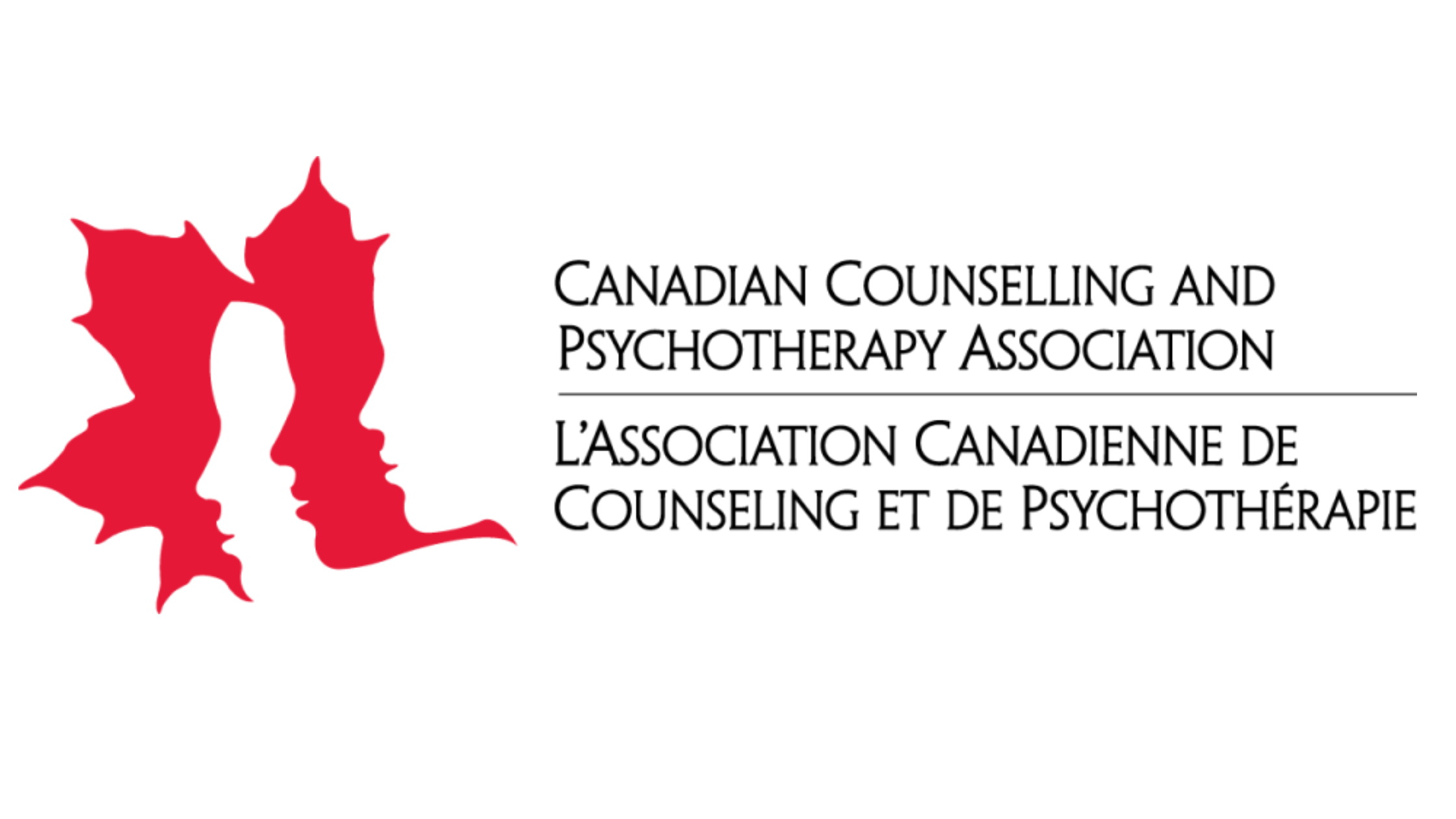Do you find yourself endlessly repeating old arguments with your partner? Are you in an endless pursuit of love, but find yourself chasing unavailable people? Or have you left a trail of broken hearts behind you for reasons even you don’t understand?
Your attachment history plays an important role in how you relate to and connect with others, who you choose for friends, and whether you welcome, embrace or reject love. It determines who you are attracted to, how attached you become, and how you experience and respond to love. Ultimately it shapes your identity and confidence as a partner and lover.
Baby Still Face Attachment Experiment
From the time you were an infant, you relied on your parents and other close caregivers to help you make sense of the world. While most mammals rely on their mothers for a few years, children need of parents for safety and protection well into their late teens. Your experience with them shaped how you regulate your emotions, how you attach, respond and connect with others.
The Baby Still Face Experiment provides a clear example of the important role that parents and caregivers play in helping children regulate their emotions. This classic experiment demonstrates how much babies naturally rely on caregivers for a sense of security and connection, and how quickly a child can become distressed in the absence of that connection.
Understanding Your Attachment History
Understanding your attachment history can provide you with insight into your attachment style. It explains how you react to significant others, intimate partners and friendships.
Consider your responses to the following attachment history questions and what you learned from your own caregivers through childhood and adolescence.
Who did you go to for comfort when you were young?
Could you always count on this person/these people for comfort?
Were these people ever unavailable, absent, or did they betray you at critical times?
What did you learn about comfort and connection from these people?
If no one was safe, how did you comfort yourself? What situations or circumstances led to you learning that people were unsafe?
Both of the still face experiment videos above provide examples of how quickly a child can become disregulated in the absence of attention, love and care.
The first video however, where the mother stares blankly into the eyes of the child, may be a better example of how stress or tension with a parent or caregiver might affect a child. The second video above, may be a better example of how inattention and neglect can impact a child.
Consider Your Relationship History
Your attachment history with caregivers is only part of your story. Your relationship relationship history also plays an important role in how you relate to and connect with others.
Even if you received consistent love, care and attention from your caregivers as a child, that may not be true of the intimate partners you have had.
The following questions can help you understand how your relationships may have impacted you sense of security in relationships.
- How have you tried to find comfort in romantic relationships? Have you had any success? With who?
- Have there been times when you have been able to be vulnerable and find comfort with a partner?
- Have there been any particularly painful incidents in your previous romantic relationships?
- If there have been painful experiences, how did you comfort yourself in the absence of comfort from others? Did you ever turn to alcohol, drugs, sex or material things for comfort?
The attachment style questions can help you understand your tendencies and your attachment style. Your relationships reinforce that style or can help you move toward a more secure sense of attachment.
How to Determine Your Attachment Style
The image below outlines four styles of attachment: Secure, Anxious, Avoidant or Fearful. Your attachment style is shaped by your childhood attachment history, by the attachment bond modeled by your parents or primary caregivers, by early intimate relationships and any attachment injuries you may have experienced.
Secure: If your early experiences consisted of comfort, care and love in times of emotional need, you are more likely to have a secure attachment style.
Anxious: If your caregivers tended to be directive, controlling, or have unrealistic expectations, you are more likely to be more anxious and will tend to be a pursuer in your attachment style.
Avoidant: If your caregivers tended to be unavailable, avoidant, or inconsistent in how they expressed their comfort care and love, you are likely to be more avoidant, and a withdrawer in your attachment style.
Fearful: If your caregivers tended to be unpredictable and emotionally explosive or violent, you are more likely to develop a fearful attachment style.
No attachment style is good or bad. The styles are normal tendencies that develop based on each individual's experience. This also means that they can change.
If you have a secure attachment style, you can become more anxious with an avoidant partner, or more avoidant with an anxious partner. It's also natural to become fearful with an explosive or abusive partner. Fortunately, you can also become more secure, particularly in the comfort of a loving, caring partner.
The Role of Attachment Trauma
The first three years of life are critical to developing a secure attachment. Children who feel safe and secure in their relationships with their parents and primary caregivers allow them to develop a healthy sense of self allowing them to feel safe and calm. As a result, they are able to recognize and seek and develop healthy relationships as adults.
Attachment trauma occurs when a child grows experiences situations that cause significant loss, fear, unpredictability, volatility or neglect. As a result, a child’s ability to develop a secure attachment is disrupted. When parents are angry, explosive, abusive, or neglectful a child’s developing nervous system becomes highly sensitive. Constantly on alert, they are robbed of feelings of security and self-confidence, making it difficult to form friendships and later intimate relationships in adulthood.
Physical, sexual and emotional abuse is extremely disturbing to the nervous system of both children and adults. Both experience confusing and painful emotions. For many children, memories can often become repressed or forgotten. Adult victims of abuse often struggle with guilt and shame questioning why they didn’t do more to defend themselves unaware that a natural human state of paralysis, blunted their response to the danger.
Both children and adults who suffer from attachment trauma struggle with feeling safe with others, resulting in emotional triggers.
The Impact of Attachment Injury
Unlike attachment trauma, attachment injury takes place in adulthood and is characterized as an experience of betrayal or abandonment, often during a critical time of need. It may be the result of an emotionally unavailable partner at a time of loss or transition, or it may be a result of a breach of trust, such as infidelity in the context of an intimate relationship.
Other examples of emotional injury might be a partner’s unexpected reaction to a significant event such as a miscarriage, a diagnosis of a serious illness, a traumatic injury or incident. An attachment injury also could be more subtle and seemingly insignificant, such as being left out of a family event, or a partner’s inattentiveness during a significant life experience such as the death of a parent, sibling or close friend, a painful job transition, deployment or relocation.
The effects of attachment injuries can fundamentally change a person’s ability to trust, attach and feel connected to a partner or loved one. Fortunately, there is hope.
Choose Healthier Relationships and Heal
Understanding your attachment history can play an incredibly important role in helping you to understand relationship patterns, identify emotional needs and heal from attachment injuries, trauma and improve mental health.
Relationships with healthy, secure friends or trusted loved ones can provide healing emotional experiences and help you feel more safe and secure. If your attachment style tends to be less secure, avoidant or fearful, spend more time with secure, reliable friends and seek relationships with individuals willing to help you feel safer.
This can be easier said than done. If you are an anxious pursuer, you have a less secure view of yourself and perceive more others as unattainable. If you are an avoidant withdrawer, you have a negative view of others so see pursuers as needy but also struggle to attach comfortably with withdrawers.
If you are seeking love, be sure to identify and own your style and needs. Remember that even those who may be more capable of secure attachment have imperfections and insecurities. Choose a partner who acknowledges their needs and accepts you for who you are. Remember also that more secure individuals have positive views of both themselves and others. They aren’t easily put off by anxious or fearful people because they have the inner resources to manage their own anxieties and fears.
Research also shows that secure attachment provides healing effects beyond relationships. It provides you with the psychological resources for dealing with problems outside of relationships, and helps you better manage adversity while increasing overall emotional well-being and mental health.
For those who have experienced attachment injuries and trauma, counselling can provide corrective emotional experiences in a therapeutic setting. Emotionally Focused Individual, Couple and Family Therapy is specifically designed to address and heal attachment problems, injuries and trauma. It can play an important role in helping you navigate emotions, process trauma, recover from injuries and apply your more secure sense of self out in the world.
To learn more about the practice of emotionally-focused therapy and how it can help you, your relationship or family, visit the International Centre for Excellence in Emotionally Focused Therapy.
Take good care,
Derrick
Wellbeing Assessment
Did you enjoy this post? If so you may also be interested in Exercise: Are You Doing It For the Right Reasons?
Our Services
Our mindfulness-based approach to counselling therapy focuses on promoting your wellbeing and mental health so you can enjoy life more fully.
When you improve employee wellbeing and mental health, you improve the lives of your employees, boost morale and your bottom line.
About the Author:
Derrick McEachern is a Registered Counselling Therapist (RCT) in Nova Scotia, and a Canadian Certified Counsellor. He specializes in providing mindfulness-based and emotionally focused therapy. He offers workshops and webinars and consults with businesses on ways to improve employee wellbeing and mental health.
Derrick McEachern, M.Ed., RCT, CCC
Counselling Therapist, Owner
Five Star Wellbeing Counselling and Mental Health
tel: 902 698 1194
[email protected]
https://fivestarwellbeing.com










